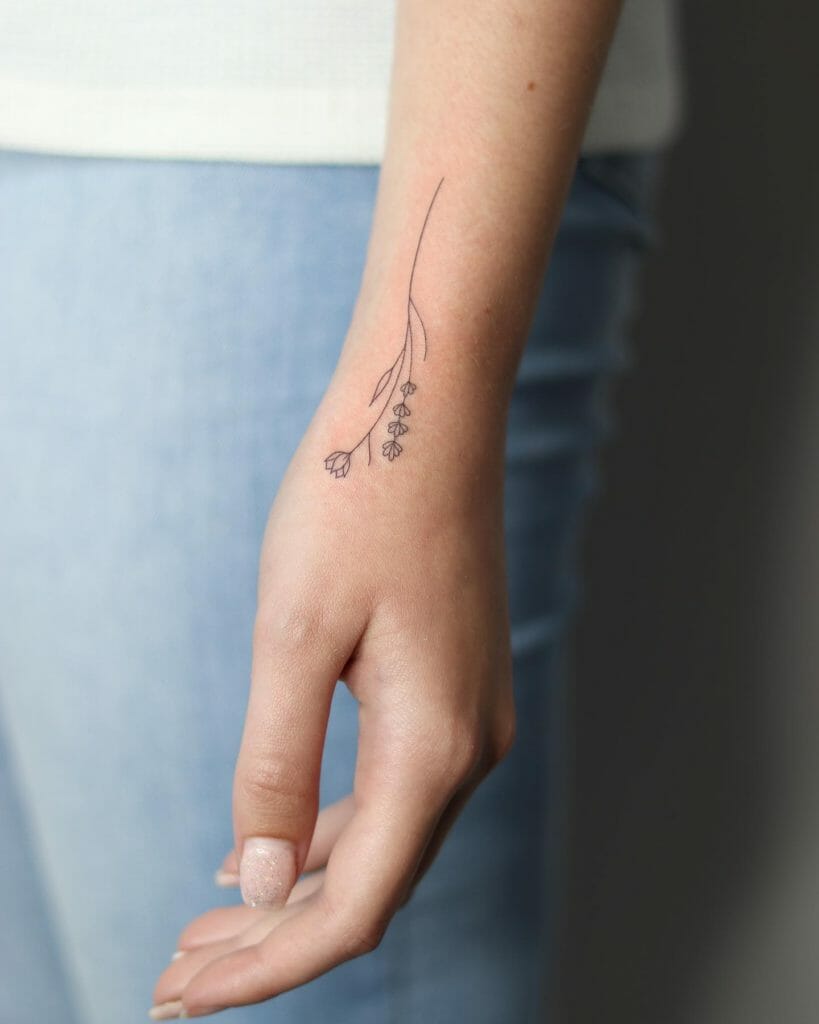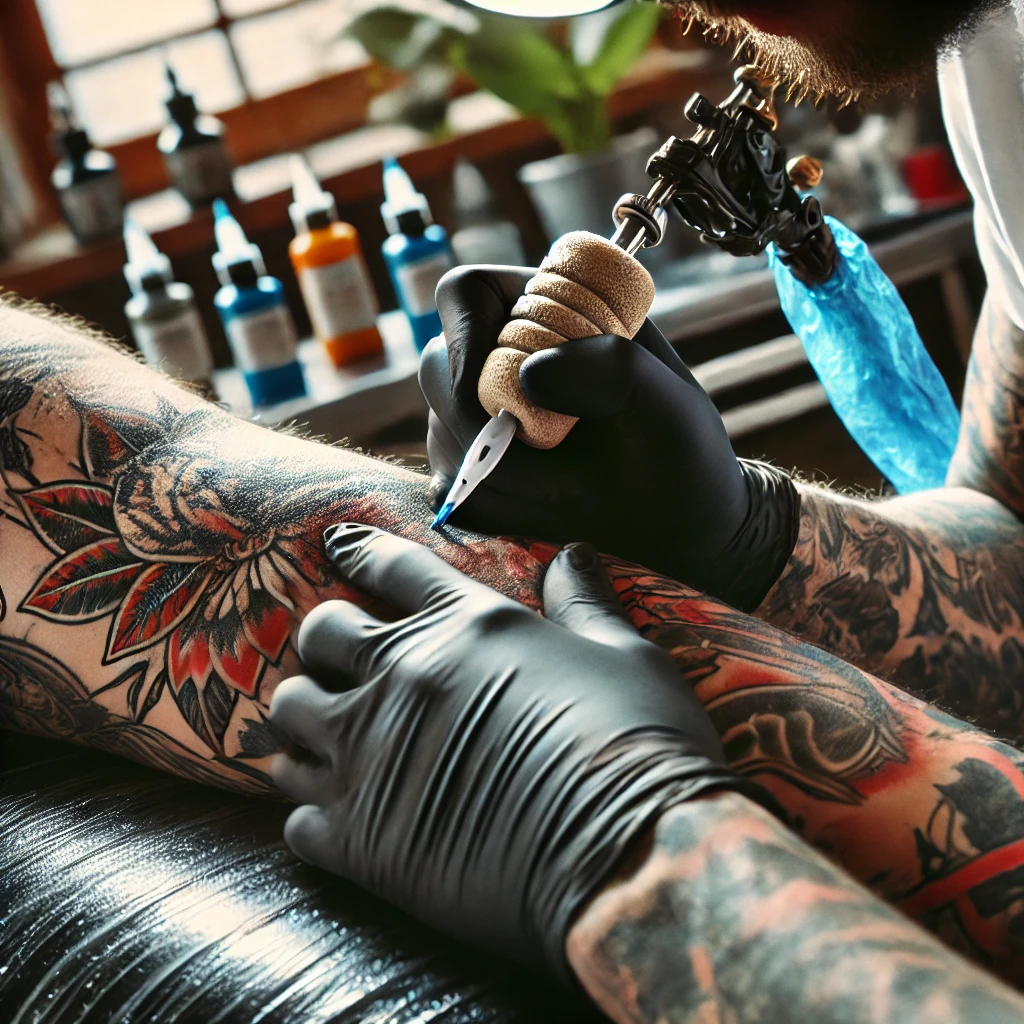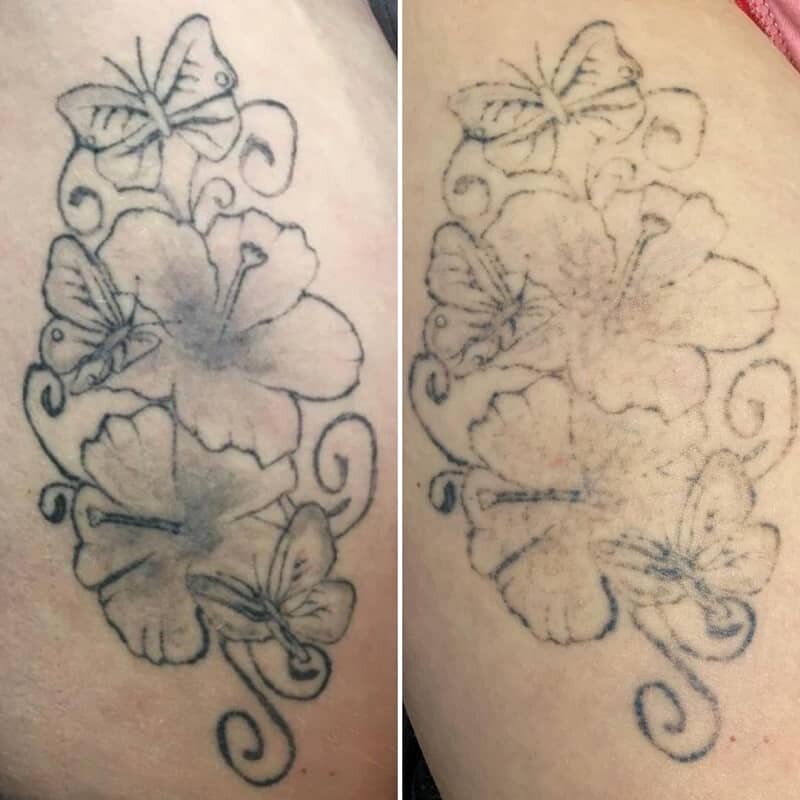
Okay, let’s dive into this sunflower tattoo thing, shall we?
Thinking about getting inked with a sunflower?
Awesome choice!
But, you’re probably wondering, like everyone else: Do sunflower tattoos require frequent touch-ups?
Let’s break it down.
Do Sunflower Tattoos Need a Lot of Love? (Touch-Ups, That Is!)
So, the short answer is: it depends.
I know, I know, not the answer you wanted.
But hear me out.
Several factors play a role in how well your sunflower tattoo holds up.
It’s not just about the design itself.
Factors Affecting Your Sunflower Tattoo’s Longevity
-
Placement is Key: Where you get your sunflower tattoo matters.
- Areas with a lot of friction (like your fingers or inner thighs) tend to fade faster.
- Think about it: constant rubbing against clothes or other skin? Not ideal.
- I had a friend get a small tattoo on her wrist, and she was constantly washing her hands at her job.
- It faded noticeably within a year.
- Prime real estate for lasting tattoos? Outer arms, back, and thighs generally hold ink better.
-
Ink Quality Makes a Difference: Not all inks are created equal.
- Cheaper inks tend to fade faster.
- A reputable artist will use high-quality, vibrant inks that are designed to last.
- Don’t be afraid to ask your artist about the inks they use.
-
Artist’s Expertise is Crucial: A skilled artist knows how to properly deposit the ink into your skin.
- Too shallow, and it fades quickly.
- Too deep, and you risk blowouts (when the ink spreads under the skin, blurring the design).
- Check out their portfolio!
- Make sure you like their line work and color saturation.
-
Aftercare is Non-Negotiable: Seriously, follow your artist’s aftercare instructions religiously.
- Keep it clean, moisturized, and out of direct sunlight.
- Sun is a tattoo’s worst enemy!
- Think of it like this: you just spent money on a beautiful piece of art.
- Would you leave it out in the rain?
- Didn’t think so.
-
Your Skin Type Plays a Part: Everyone’s skin is different.
- Some skin types hold ink better than others.
- This is less predictable, but it’s something to keep in mind.
Sunflower Tattoo Styles and Touch-Up Frequency
The style of your sunflower tattoo can also influence how often you might need a touch-up.
-
Fine Line Tattoos: These delicate designs are beautiful but tend to fade faster than bolder styles.
- They often require more frequent touch-ups to maintain their crispness.
-
Traditional Tattoos: With their bold lines and solid colors, traditional tattoos are known for their longevity.
- A traditional sunflower tattoo might hold up better over time.
-
Watercolor Tattoos: These tattoos, with their soft, blended colors, are gorgeous.
- But, they are also prone to fading and may require more frequent touch-ups.
Tips to Keep Your Sunflower Tattoo Looking Fresh
Okay, so you want to minimize the need for touch-ups?
Here’s the game plan:
-
Sunscreen is Your Best Friend: Seriously, slather it on!
- Especially on sunny days.
- Use a broad-spectrum sunscreen with an SPF of 30 or higher.
-
Moisturize Regularly: Keep your skin hydrated.
- Dry skin can make your tattoo look dull and faded.
-
Avoid Harsh Chemicals: Be careful with things like harsh soaps, exfoliants, and chlorine.
- They can strip the ink from your skin.
-
Stay Hydrated: Drink plenty of water.
- Healthy skin equals a healthy tattoo.
-
Listen to Your Artist: If you notice any fading or blurring, don’t hesitate to reach out to your artist.
- They can advise you on the best course of action.
How Often Should You Expect a Touch-Up?
There’s no one-size-fits-all answer.
Some people might need a touch-up after a year or two.
Others might go five years or more without needing one.
It really depends on the factors we discussed earlier.
Real-Life Example
My cousin got a vibrant, realistic sunflower tattoo on her shoulder.
She religiously follows aftercare instructions and always wears sunscreen.
Five years later, it still looks amazing!
On the other hand, I have a friend who got a small, fine-line sunflower on her ankle.
She needed a touch-up after just a year because of sun exposure and friction from her socks.
FAQ: Sunflower Tattoo Touch-Ups
-
Q: How much does a touch-up cost?
- A: It depends on the size and complexity of the tattoo, as well as the artist’s rates.
- Touch-ups are generally less expensive than the original tattoo.
-
Q: Can I get a touch-up from a different artist?
- A: Technically, yes.
- But it’s generally best to go back to the original artist, as they know the tattoo best.
-
Q: Is a touch-up painful?
- A: Touch-ups are usually less painful than the original tattoo, as the skin has already been tattooed in that area.
-
Q: How long does a touch-up take to heal?
- A: The healing process is similar to the original tattoo, usually taking about two weeks.
So, there you have it!
Getting a sunflower tattoo is a beautiful way to express yourself.
By choosing a reputable artist, following proper aftercare, and protecting your tattoo from the sun, you can significantly reduce the need for frequent touch-ups.
Ultimately, whether your sunflower tattoos require frequent touch-ups depends on a combination of factors, but with the right care, you can keep it looking vibrant for years to come.










